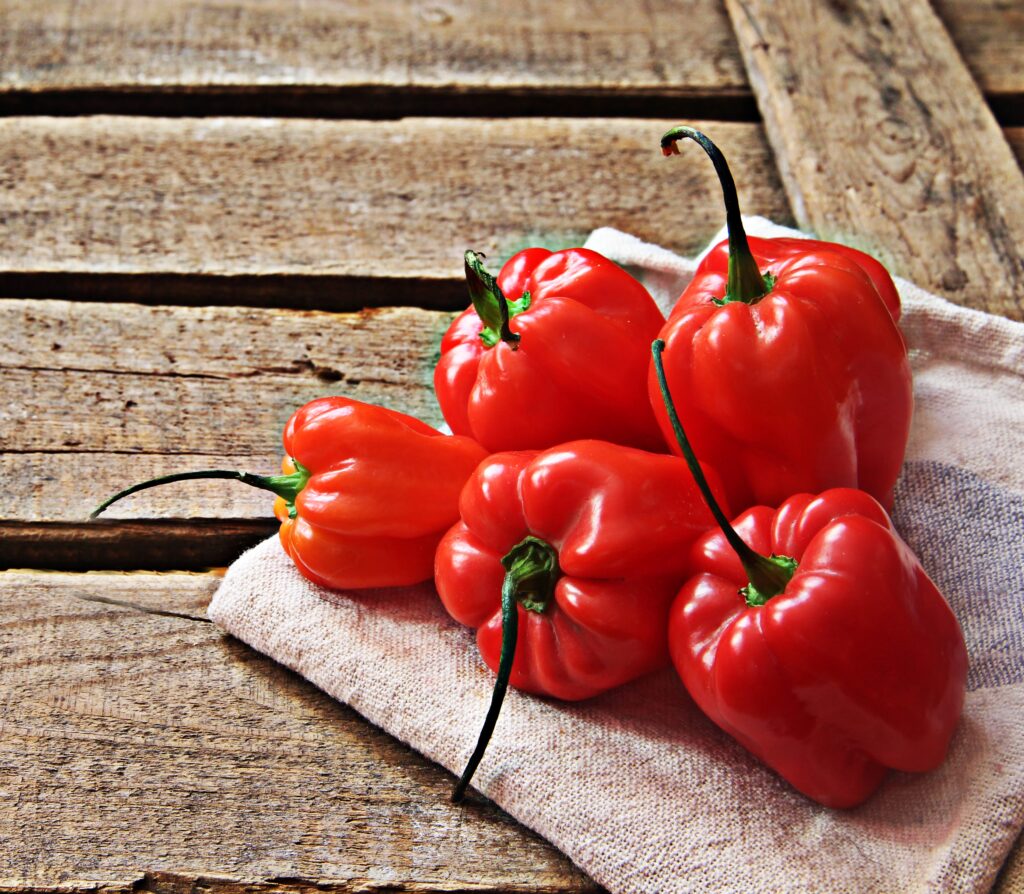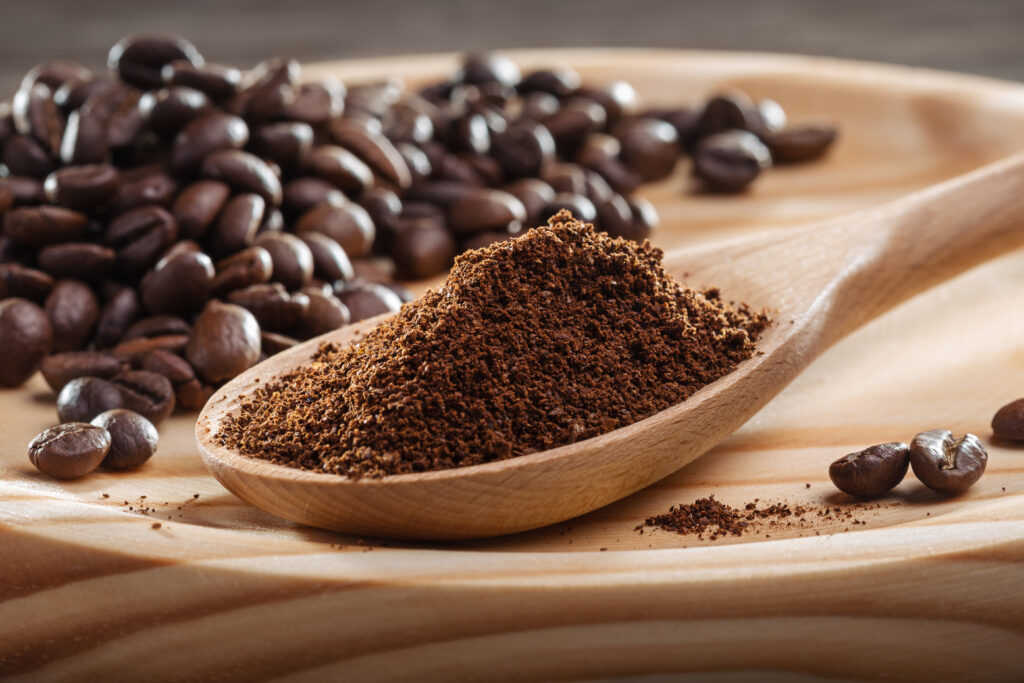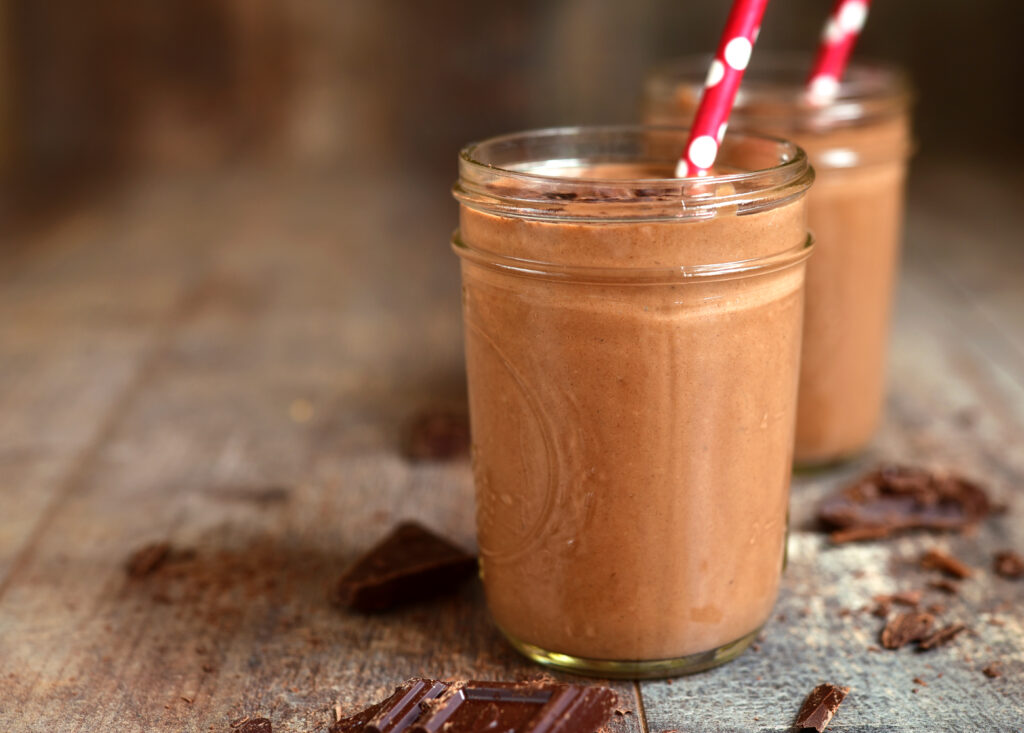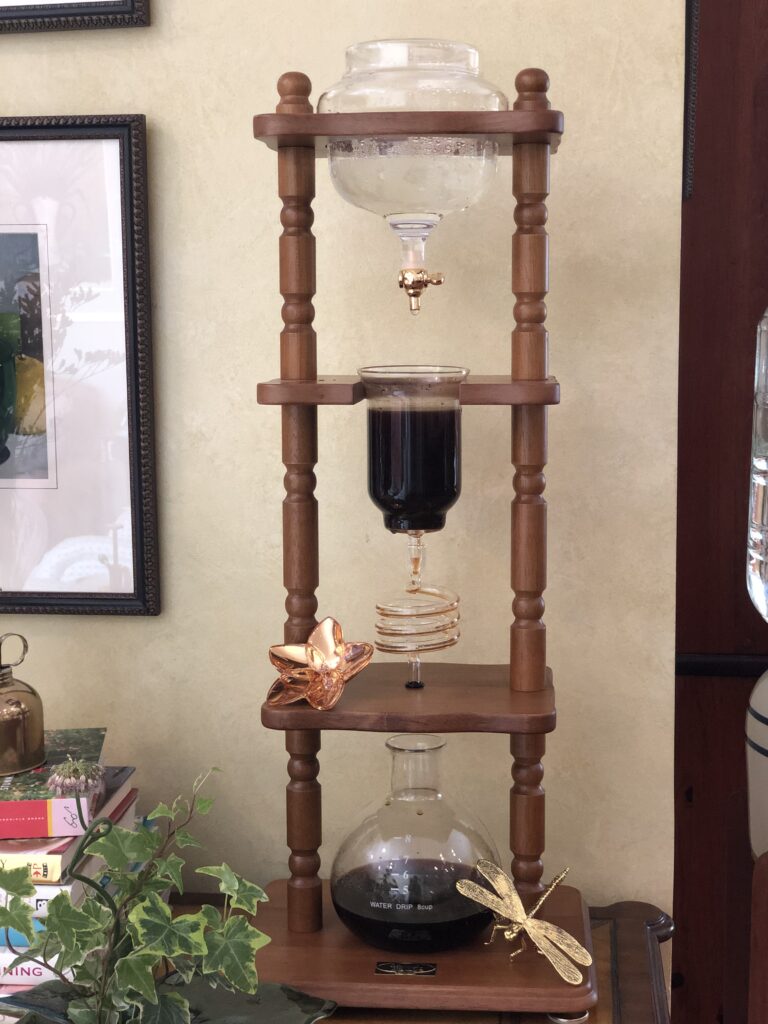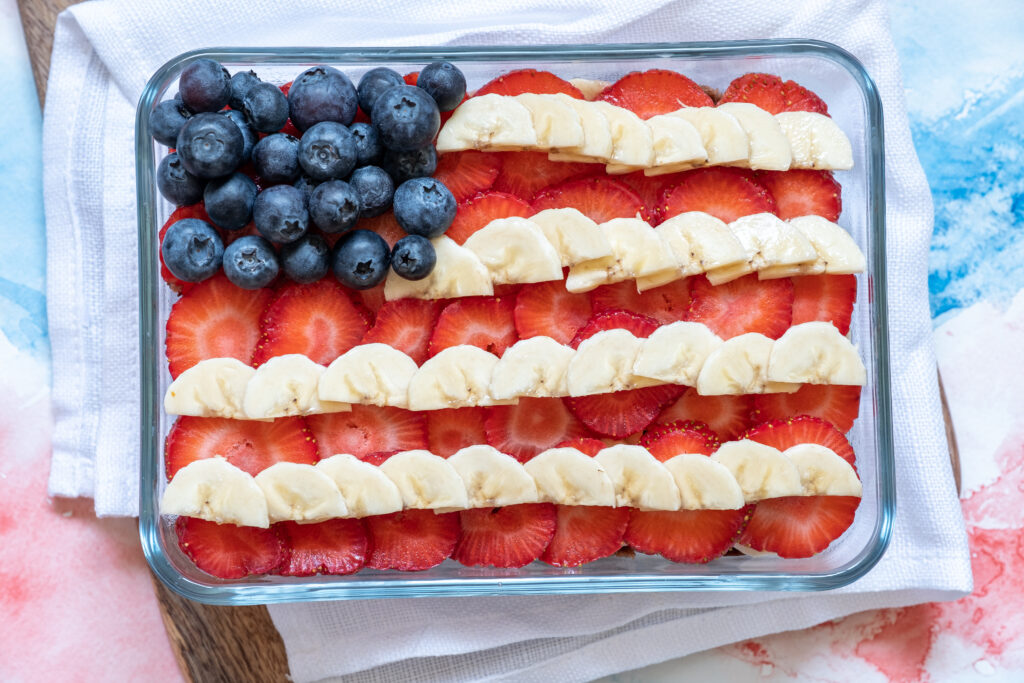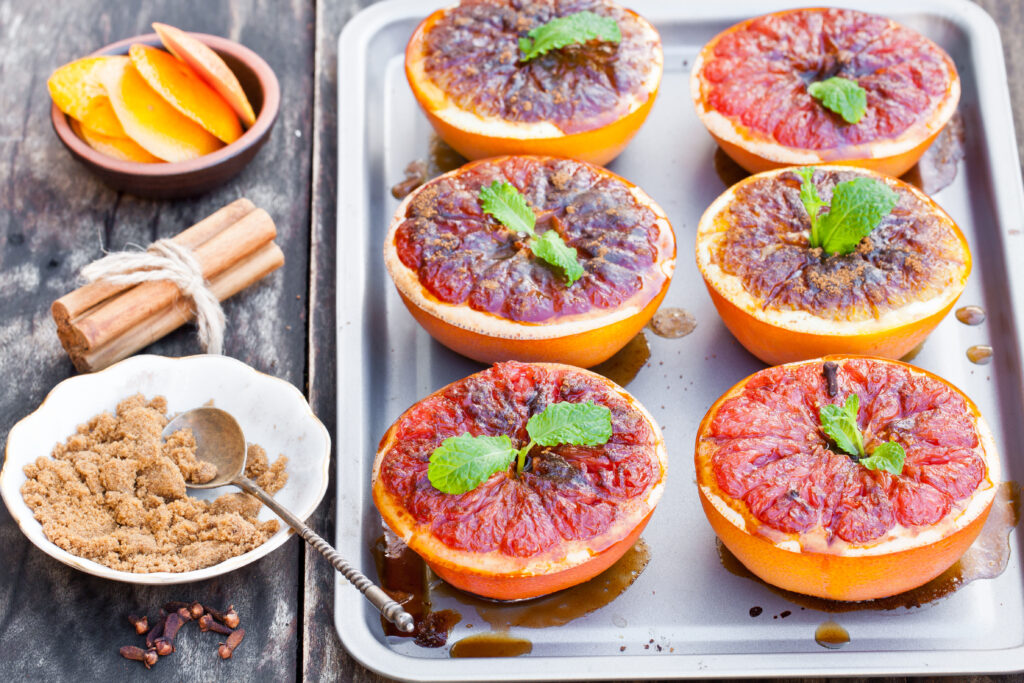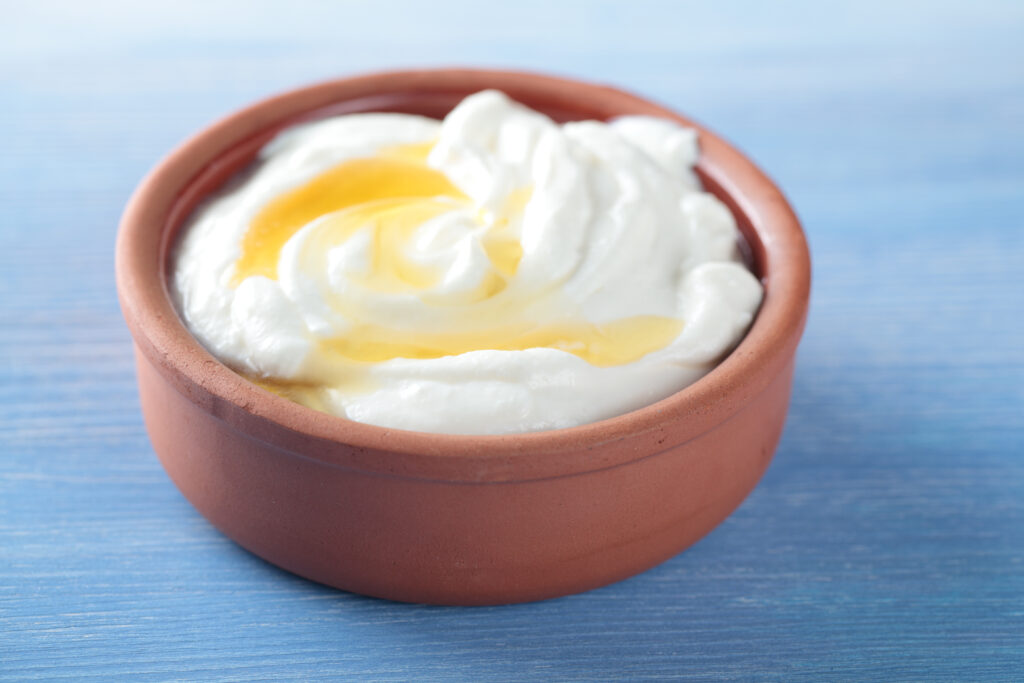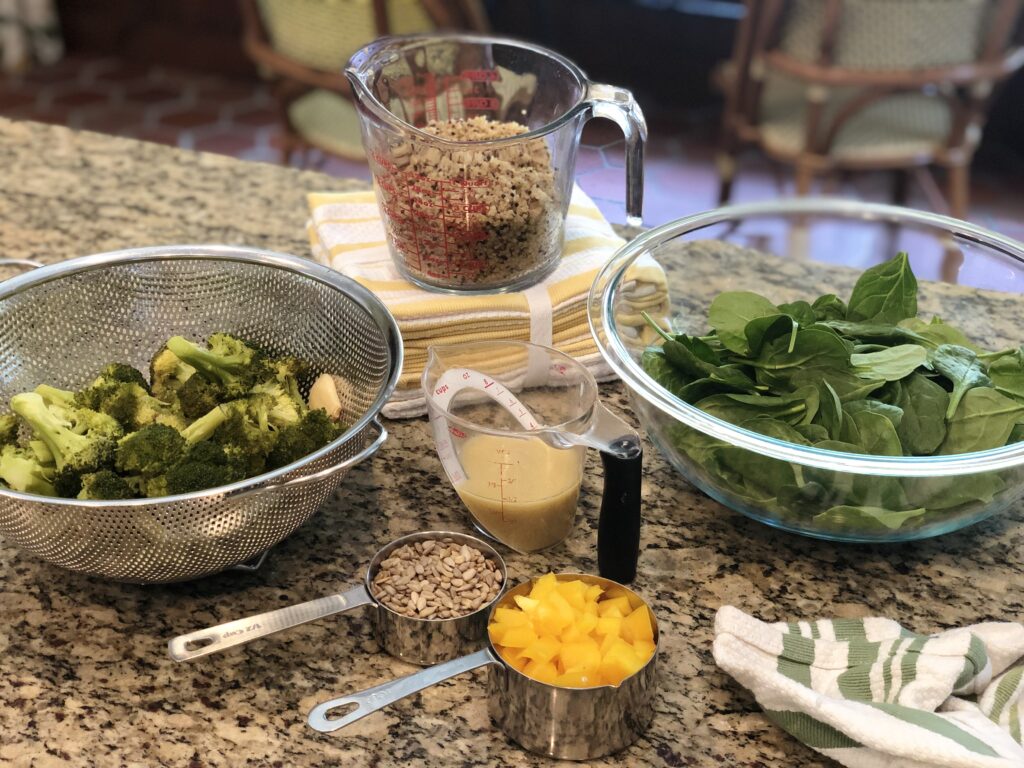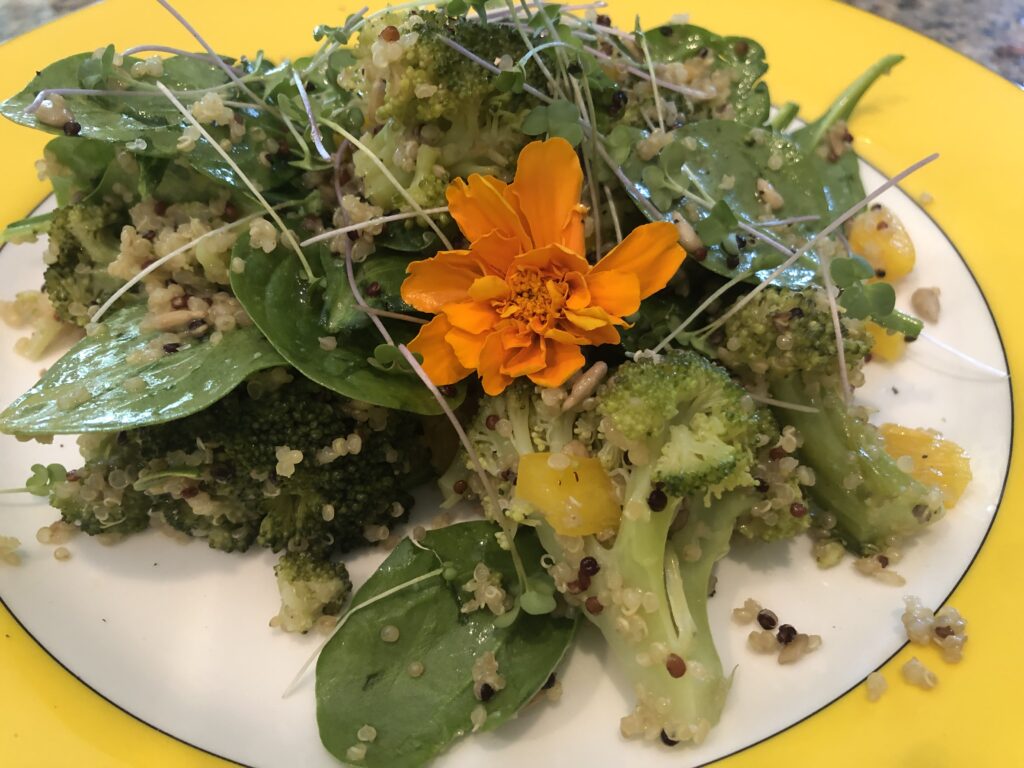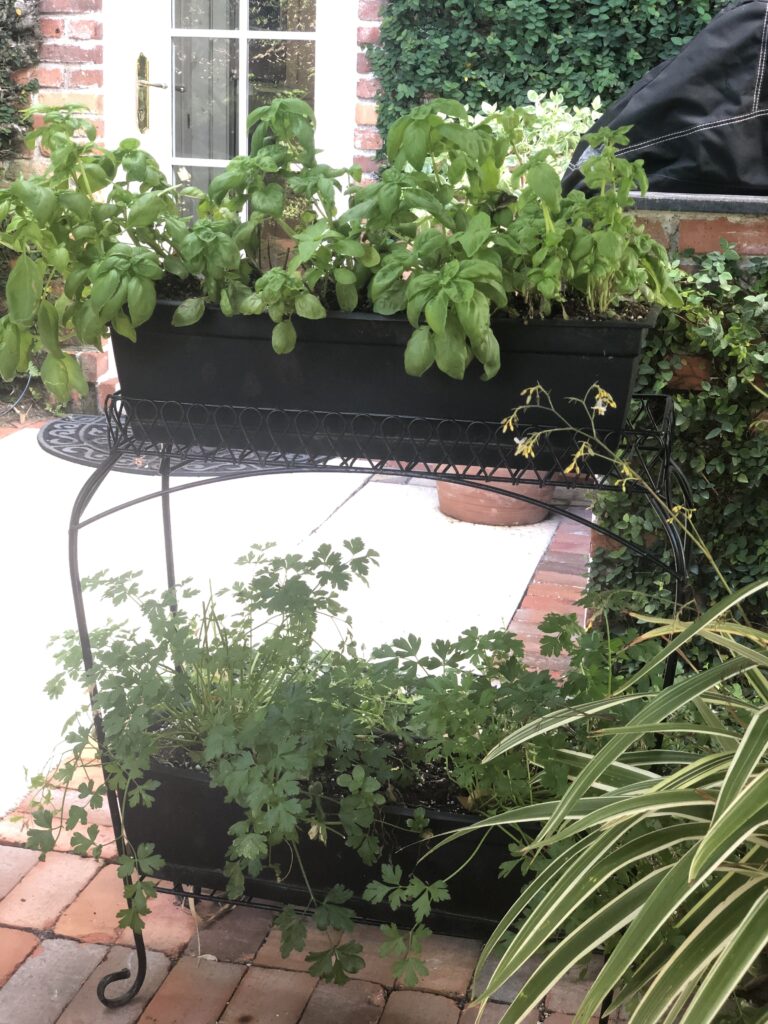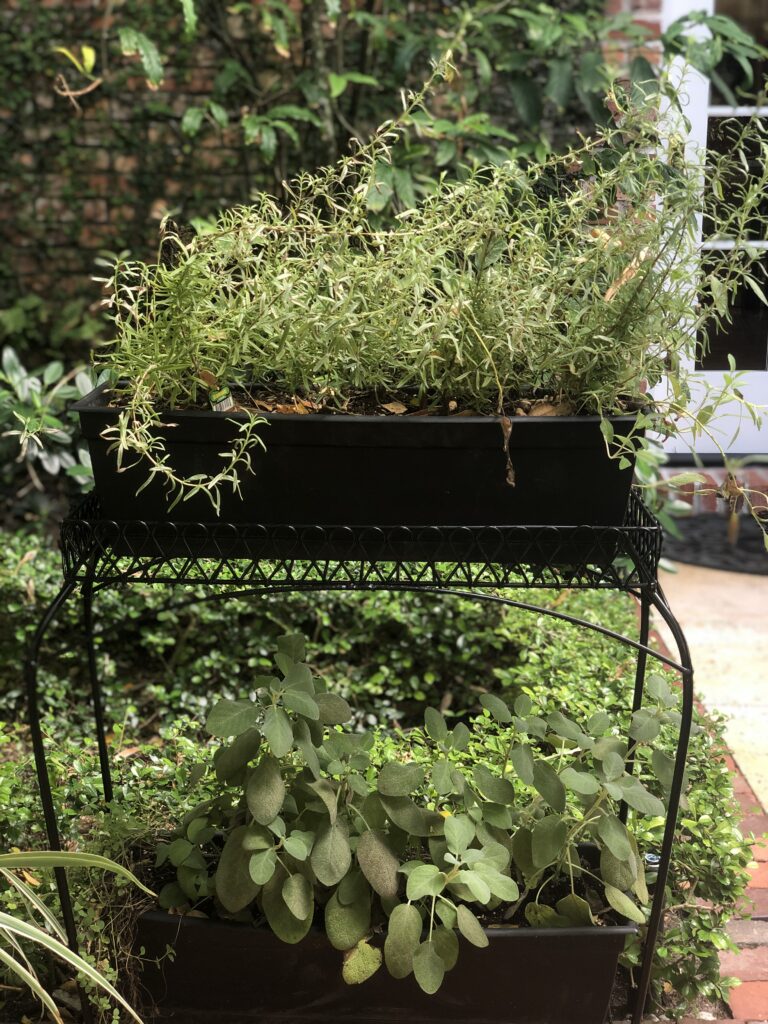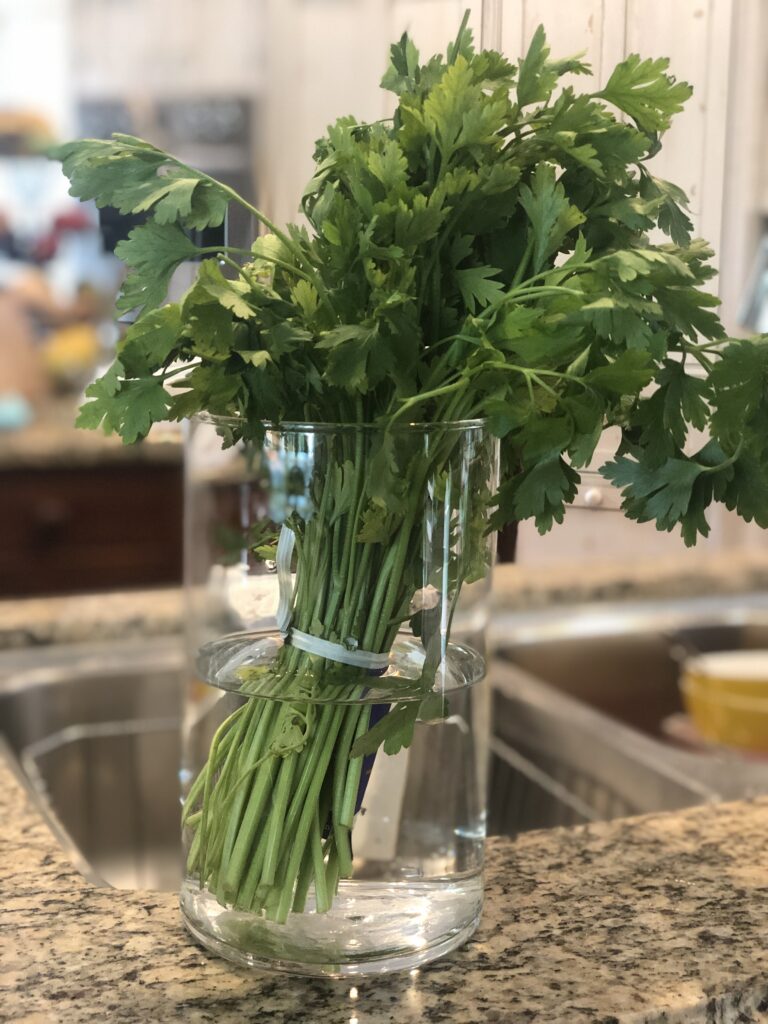The Ranch at Live Oak Malibu has been my go-to annual stop for a hard reset. My visit is generally post-season in Palm Beach, after I have imbibed a few too many cocktails and indulged in way too many hors d’oeuvres. The Ranch offers a results-oriented, immersive health and fitness program that is centered on daily hikes, something us Floridians do not have access to without travel, and a big draw for me. The hikes are beautiful, challenging, and intense calorie burners. There is guided exercise, including yoga and two wonderful chefs that serve up a delicious and completely plant-based menu.
This year my trip was CANCELLED, like so many engagements and forays I look forward to. I did receive my 30-day pre-itinerary of detoxifying recommendations that include cutting out sugar, alcohol, and caffeine, which I adhered to for about a week. There were just too many temptations in the house, and family requests for my Banana Bread and Orange-Scented Olive Oil Cake.
When I received my copy of the newly released FOOD FOOD FOOD cookbook I jumped for joy! The first recipe I tried was the Sweet Potato Hash. It’s a great cookbook featuring more than 100 plant-based recipes, some using The Ranch olive oil (perfect for my olive oil cake) and honey, sourced directly from the retreat’s bees. It is helping me get back on track and is available for purchase on the Ranch’s website.
When I visit the ranch, I practically drink the delicious hot sauces they offer with each meal: Carrot Habanero ‘very’ Hot Sauce, Green Hot Sauce, Orange Hot Sauce, Ranch Sriracha, and my favorite, the Red Hot Sauce. All the recipes are in the FOOD FOOD FOOD cookbook, and the one I’m going to share here is slighting different than what is in print, but it is the recipe Chef handed to me several years ago and I’ve been making it this way ever since.
This hot sauce is made with chipotle peppers that can vary in heat from pepper to pepper. I learned to monitor the spiciness of this recipe by adding the chipotles one at time and tasting as I go. Chipotle peppers are jalapenos left on the vine to ripen into a vibrant red pepper before they are smoke-dried, and they can pack a punch.
Yield: Makes 1 Quart






